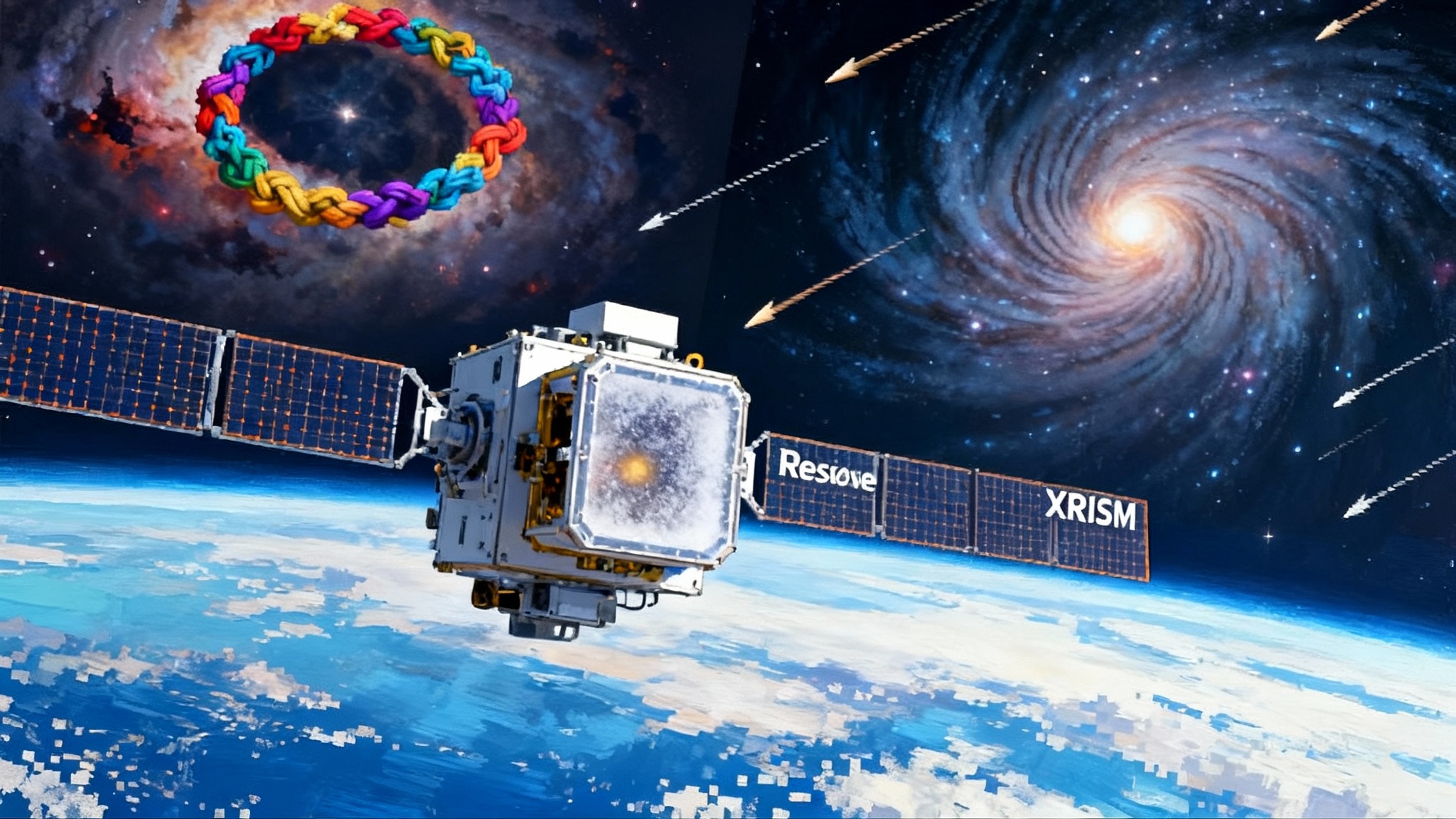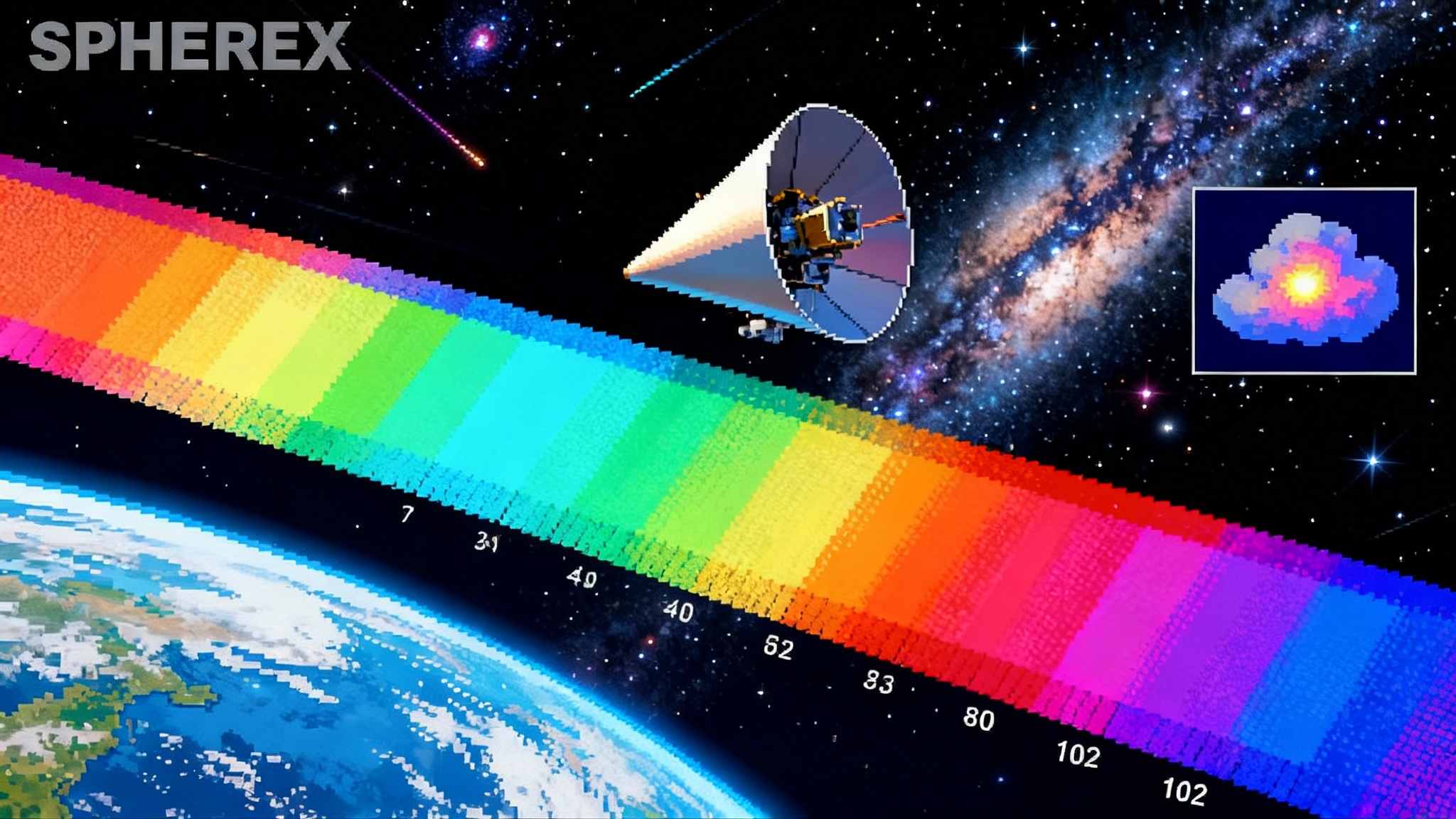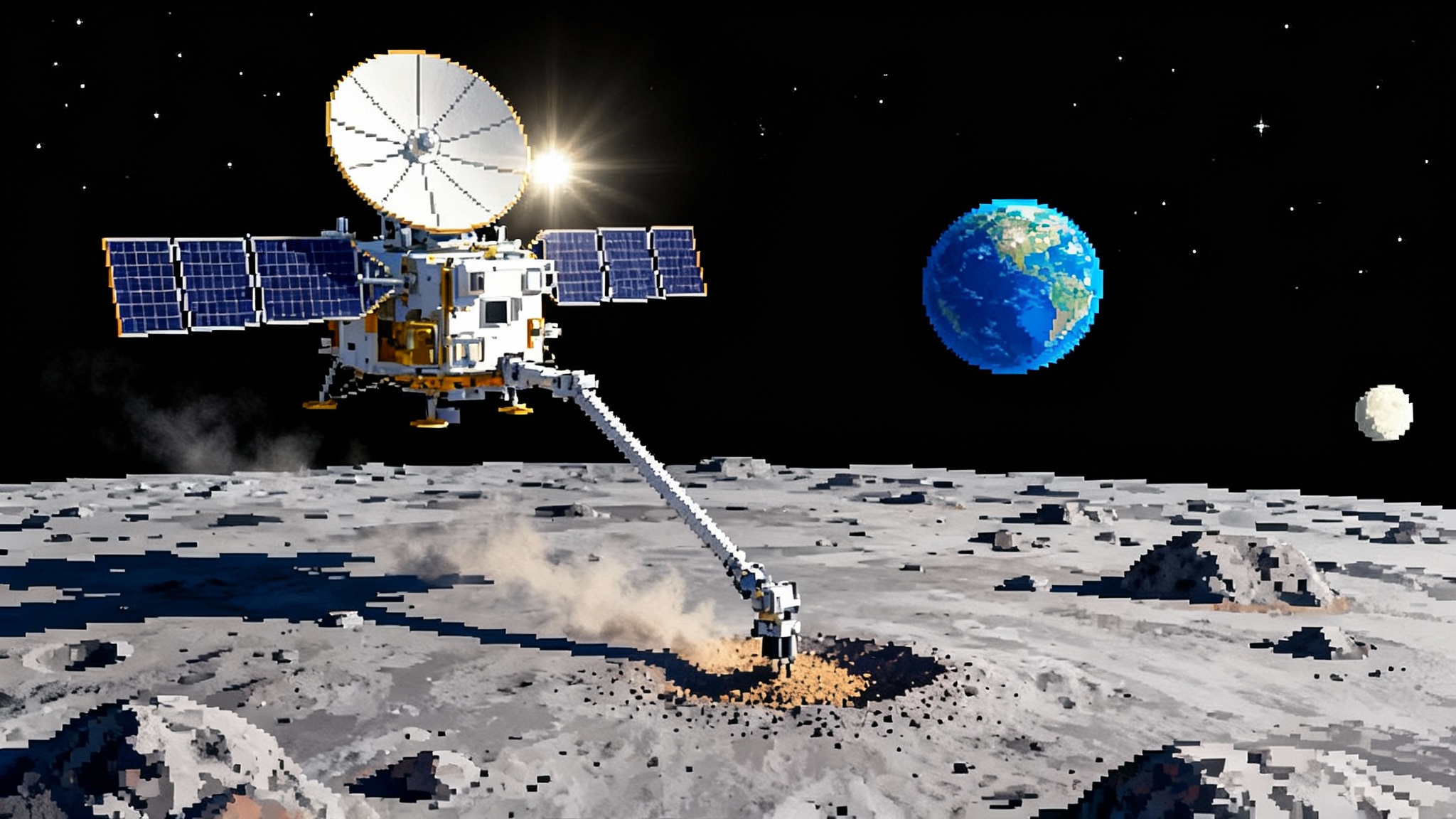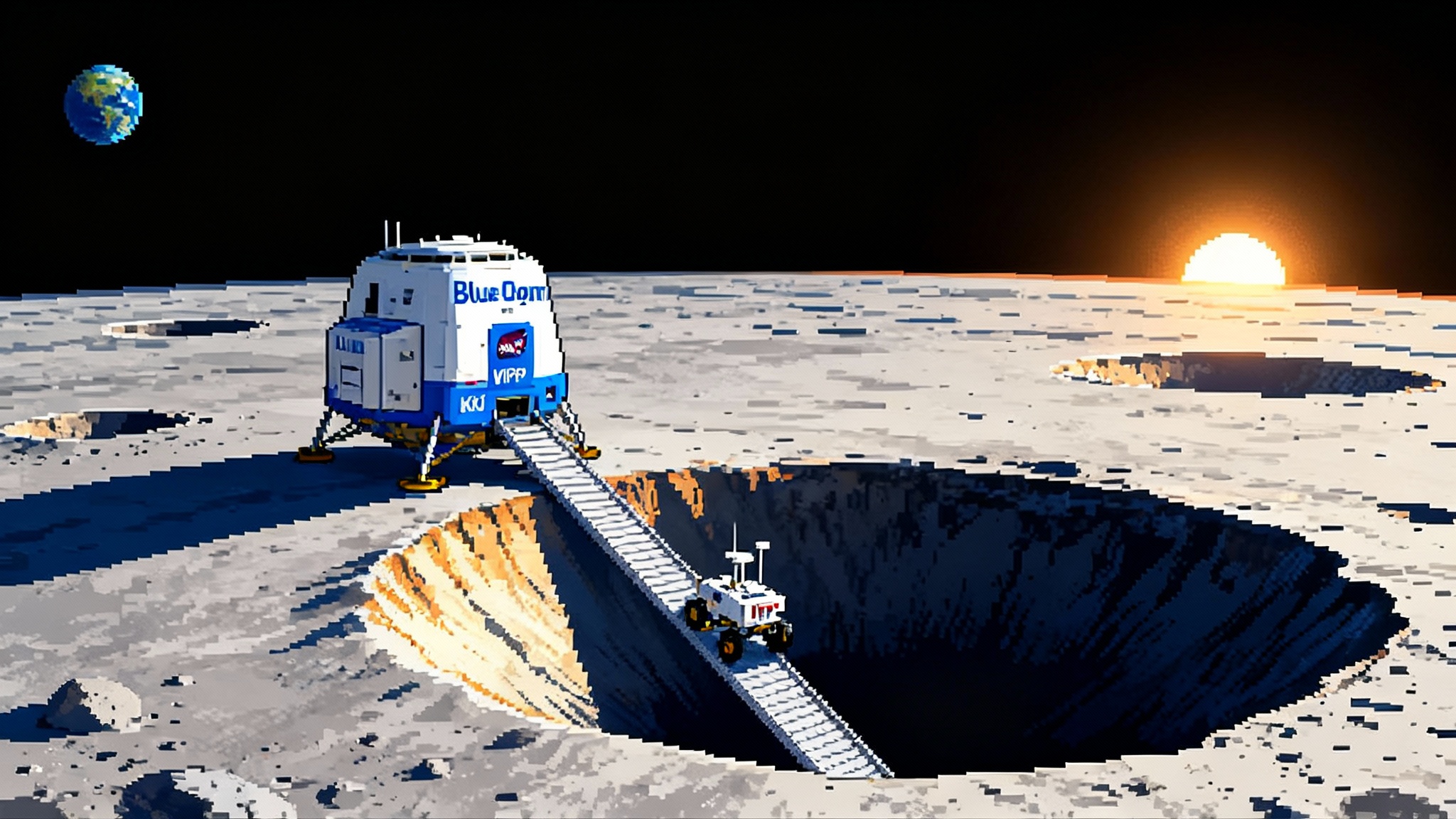Chang'e-6 rewrites the Moon: older basin, drier far side
First Chang'e-6 results date the South Pole–Aitken basin to about 4.25 billion years and reveal an exceptionally dry farside mantle. That combination resets lunar timelines and reshapes where, and how, we hunt for polar water.

Breaking: a deeper Moon and a drier far side
The first wave of Chang'e‑6 science delivers two headline results. Samples gathered from Apollo crater in the South Pole–Aitken basin point to a basin‑forming impact about 4.25 billion years ago, based on radiometric dating of impact‑melt clasts identified in the returned soil. That single number tightens the reference point for the oldest and largest scar on the Moon and sharpens the cratering timeline used across planetary science. These data come from the mission’s farside sample return, relayed by Queqiao‑2 and followed by meticulous lab work in Beijing. For methods and confidence intervals, see the Chinese Academy of Sciences summary of the 4.25 billion year age determination in its English newsroom: SPA basin dated to 4.25 billion years.
The second finding is about water, or the lack of it. Basalt fragments indicate that the mantle source beneath the SPA interior holds only about 1 to 1.5 micrograms of water per gram, a record low for lunar interior measurements and much drier than many nearside estimates. The team’s peer‑reviewed study is the scientific keystone here: water abundance in the lunar farside mantle.
Two datapoints, one impact age and one water estimate, are already changing how national programs and private contractors think about where to land, what to sample next, and how to produce consumables on the Moon.
Why a 4.25 billion year anchor matters more than it sounds
Think of crater counting like tree rings for airless worlds. Scientists estimate surface ages by tallying craters of different sizes, anchored by a few places where we have actual sample ages. The South Pole–Aitken basin has long been one of those anchors, but until Chang'e‑6 its age was inferred indirectly and carried a wide spread. A direct measurement near 4.25 billion years tightens the early part of the lunar clock.
That ripple propagates across countless papers. Surface units dated by comparison to SPA ejecta are now re‑aged. The inferred cadence of big impacts in the inner Solar System pivots, affecting models of when the crust cooled, how magmas moved, and how quickly the Moon’s thermal engine lost steam. For crewed traverse planning, this matters in practical ways. If you want to constrain early bombardment or calibrate lunar chronology for Mars mapping analogs, your short list shifts toward terrains tied to SPA ejecta or to younger basins that can now be relatively dated with less ambiguity.
A drier farside interior changes resource logic, not polar ice forecasts
The farside dryness result is not a verdict on surface frost in permanently shadowed regions. It speaks to the interior, to magmas and melt sources at depth. Nearside samples from Apollo and Chang'e‑5 showed a wide range of interior water estimates, partly tied to how incompatible elements behave. Heat‑producing elements such as thorium and potassium, and volatiles like water, tend to concentrate in melts rather than in solidifying crystals. The Procellarum KREEP Terrane on the nearside is rich in such elements, which helps explain warmer magmas and more extensive mare volcanism there.
South Pole–Aitken looks different. The new Chang'e‑6 measurements reinforce a picture of a mantle that is cooler and depleted in incompatible elements. Less internal heat, fewer late magmatic outgassing pathways, and a lower baseline for endogenic water all follow. That does not erase exogenic ice delivered by comets and micrometeoroids and cold‑trapped over eons in south‑polar craters. It does, however, reset expectations for deposits derived from ancient volcanic fire fountains and for hydrated glass beads as a bulk water source.
In short, the polar volatile story stays compelling, but the portfolio shifts. Extraction strategies that leaned on pyroclastic glass hydration on the farside look less attractive. Systems optimized for mining and handling extremely cold, patchy ice in shadowed pockets look more important.
The map is moving under our feet
If you are drawing a resource map for the 2027 to 2035 era, the Chang'e‑6 results tell you to redraw three layers:
- Chronology layer. More confidence in the oldest anchor shifts relative ages and strengthens the case for sampling specific ejecta blankets to tie the timeline together. Surface planners can prioritize traverses that intersect those blankets, banking on higher scientific yield per meter.
- Thermal layer. A cooler farside mantle and fewer heat‑producing elements translate to different rock mechanical properties and thermal gradients. That affects subsurface temperatures at depths reachable by drills or heat probes and may influence where you place long‑lived power and cryogenic storage assets.
- Water layer. Fewer endogenic volatiles on the farside mean that, outside the polar cold traps, the expected water inventory sits on the low end. ISRU systems focused on water should target shadowed terrain or confirmed frost patches rather than hoping for widespread hydrated mineral sources.
South pole site selection: four filters after Chang'e‑6
Site planners for Artemis and the International Lunar Research Station already juggle sunlight, slopes, communication, and science value. The new results sharpen each filter.
-
Sunlight. Ridges like Malapert Massif, Shackleton rim segments, and Mons Mouton offer quasi‑continuous sunlight across many lunar days. After Chang'e‑6, the case for power‑rich ridge sites strengthens because ice extraction will likely demand high power density for drilling, thermal control, and processing.
-
Slopes and trafficability. If the local interior is cooler and rockier than the nearside, conservative hazard margins on traverse routes make sense. That tends to favor sites with smoother approaches to shadowed craters, even if they sacrifice a little illumination time.
-
Communication. The farside south pole requires relay assets. China’s Queqiao‑2 is already in place to support Chang'e‑7 and Chang'e‑8. For Artemis sorties, sticking to nearside polar longitudes simplifies direct‑to‑Earth links, though future relays and surface networks could expand options. See how a commercial LTE node might evolve into an operational mesh in our look at the early lunar comms stack: Moon’s first cell network.
-
Volatile probability. The dryness of the farside mantle points squarely toward exogenic ice as the prize. Target permanently shadowed regions with favorable thermal conditions, crater geometry that traps volatiles, and slopes that a rover or astronaut can handle. The most valuable hectares may be contact zones where a sunlit ridge meets a shallow entry into shadow, enabling short hops between power, comms, and sampling.
ISRU priorities: power, cryo, and contamination control
The result that the farside interior is drier pushes ISRU toward three practical investments.
- High‑duty‑cycle power. Ice prospecting at the poles is power hungry. Solar arrays on elevated ridges with short cable runs to shadowed work sites, backed by fuel cells or compact fission units, should sit near the top of the manifest. The power budget is your throughput budget when water is patchy and cold.
- Cryogenic knowledge. Keeping extracted volatiles cold and clean will be harder than digging them up. Onsite cryo storage, vapor capture hoods that avoid sublimation losses, and transfer standards for moving water to electrolyzers will separate demos from production.
- Clean digging. If endogenic hydration is scarce, contamination from terrestrial water becomes a larger fraction of any measurement. Drills, scoops, and sample lines need rigorous bake‑out and monitored blanks. That cost is worth paying if you want confidence in ice maps that guide where the next lander goes.
Artemis vs. ILRS: different plays after the same whistle
Artemis targets a crewed south‑pole landing no earlier than 2027, with commercial landers delivering instruments and technology before and after that date. With VIPER now slated for a 2027 south pole delivery, near‑term volatile scouting still rests on smaller payloads until that rover is on the ground; our program preview outlines the plan: VIPER is back for 2027.
China’s program is staging a sequence: Chang'e‑7 around 2026 to hunt polar volatiles with a lander, an orbiter, and a hopper designed to dip into shadow; then Chang'e‑8 around 2028 to test in‑situ resource utilization, including sintering or 3D printing with regolith, as a prelude to the International Lunar Research Station. If the interior is dry, invest in technologies that do not depend on local water to make structure and shelter. Relay infrastructure already in place expands the menu of farside and polar options.
For the United States and its partners, the combination of a sharpened lunar clock and a drier farside mantle argues for a strategy that is more focused and faster at the poles.
The smart fast‑follow, 2026 to 2028
Here is a concrete checklist for a two‑year sprint that turns Chang'e‑6 science into action:
- Double down on polar volatile truthing. Fly a pair of small, redundant drill and mass‑spectrometer payloads to two distinct south‑pole sites with different illumination and crater geometry. One should target a shallow shadowed bench connected to a sunlit ridge. The other should probe a colder, deeper pocket. Use standard sampling protocols, bake‑outs, and in‑situ blanks for reproducibility.
- Commit to a farside sample return of opportunity. A modest lander to the rim of Schrödinger or an SPA ejecta exposure, with a 1 to 2 kilogram return canister, would multiply the value of Chang'e‑6 by adding context. The scientific payoff is asymmetric because it cross‑checks the 4.25 billion year anchor in a different setting.
- Build a polar power spine. Treat power as shared infrastructure. A deployable array on a ridge with standardized power and data taps lets different rovers and drills plug in, just as field geologists use shared base camps.
- Field a shadow‑rated mobility kit. A small, winch‑equipped tug or a tethered crawler for the first 50 to 200 meters into shadow will be worth more than a heroic attempt at a kilometer‑scale traverse.
- Pre‑position cryo storage and a simple electrolyzer. Even with modest initial yields, learn the entire chain from extraction to propellant. Cargo cadence and refueling matter; for how rapidly heavy‑lift can change the calculus, see Starship Flight 11 on orbital refueling.
- Open the data and samples. Adopt a shared protocol for water abundance, isotopes, and contamination reporting. Establish a 90‑day public release clock for volatile measurements and a competitive, international sample analysis program.
What this means for companies
- Landers and logistics. Prioritize payload accommodations for drills, corers, and cryo testbeds over tertiary instruments. A mission with flawless thermal management of a single clean sample can be more valuable than three missions with ambiguous volatiles.
- Heavy lift and cargo cadence. SpaceX and Blue Origin can create value by smoothing the cadence that puts power, mobility, and storage in place before the first crew sorties. Treat every cargo flight as part of a modular base that grows by design, not by improvisation.
- Sintering and construction. The farside dryness supports investment in regolith‑only construction methods. If water is scarce, bind regolith with heat and pressure where possible and keep hydrogen‑consuming chemistry to the smallest practical scales.
- Prospecting services. The first team to provide repeatable, low‑contamination assays of ice content along short traverses will set the standard for polar prospecting.
Science we can ask now, with better odds of answering
- Did the SPA impact reset the interior water budget locally, or does the dryness extend basin‑wide and with depth? Another farside sample, even without a new age, would narrow those error bars.
- How does the 4.25 billion year anchor calibrate younger basins like Schrödinger and Nectaris, and what does that imply for the timing of mare volcanism?
- Are shadowed volatiles uniform with depth over the first meter, or layered by thermal cycling and micro‑impacts? That decides whether simple scoops suffice or core drilling is mandatory for reliable inventories.
The takeaway
Chang'e‑6 has done more than add one more box of rocks to the vault. The 4.25 billion year South Pole–Aitken age tightens the Moon’s master clock. The farside mantle’s arid signature tells us that not all lunar interiors are created equal. Together, they argue for a pragmatic play at the poles: power first, clean sampling second, cryo handling third, and a quick return to the farside with a second, targeted grab of ancient material. Move now and 2026 to 2028 can be the period that converts today’s headlines into a reliable map of where to land, drill, and build.








